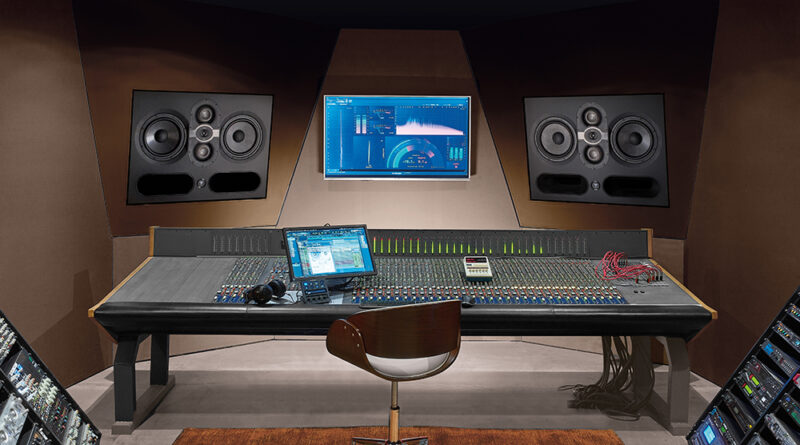What Veteran Audio Engineers Look For in Road-Ready Loudspeakers
Life on tour demands equipment that survives long nights, tight schedules and rough handling. Veteran audio engineers develop a sharp sense for which gear will endure this grind. Their choices shape how audiences experience concerts, festivals and corporate events. When it comes to loudspeakers, their standards go far beyond wattage numbers or glossy brochures.
For many engineers, reliability stands first. Touring puts speakers in trucks, lifts and outdoor stages where rain or dust may intrude. A cabinet that sounds brilliant in a demo room but fails after repeated loading will not last. This is why so many crews lean on professional loudspeakers built with reinforced enclosures, weather-sealed connectors and high-grade internal wiring. These details may not grab attention on a spec sheet, yet they decide whether the show runs smoothly or collapses mid-set.
Durability, though, is not only about surviving knocks. It also means holding consistent performance night after night. Engineers test speakers at sound check, listening for any change in tone or output that might indicate a driver starting to fail. This routine reflects an understanding that small shifts can become big problems under show conditions. They treat their systems like athletes needing warm-ups, checking each part before pushing it under high stress.
Veterans also prize predictable dispersion. In a club one night and an outdoor festival the next, they want gear whose coverage pattern behaves as advertised. Some describe this as “trusting the box.” When the documentation says a 90-degree horizontal spread, they expect it to be close, not a rough guess. Predictable coverage makes it easier to design arrays, avoid feedback loops and control sound bleed into off-limit areas. This predictability can save hours of tuning time.
Power handling still matters but in a nuanced way. It is not only how loud a speaker can get, but how cleanly it reproduces dynamic swings without distortion. Engineers often push their systems to the edge during rehearsals to see where the limits lie. A speaker that holds its composure under stress inspires confidence during high-energy shows. This stability lets them mix with more subtlety, knowing the system will not break up at a crucial moment.
Professional loudspeakers for touring also need efficient rigging systems. Veteran crews look for cabinets with quick-lock hardware, clearly marked angles and manageable weight. In venues with strict load-in times, every minute saved counts. Some speakers now feature integrated rigging bars or modular designs that allow one person to handle tasks that once required a team. These innovations reduce fatigue and improve safety for everyone working behind the scenes.
Another factor engineers consider is serviceability. On the road, things can fail. The ability to swap a driver, replace a grille or access internal electronics without special tools can make the difference between a delay and a disaster. Manufacturers that supply spare parts quickly and offer global support networks win loyalty from touring crews who cannot afford downtime.
Sound character remains a personal choice. Some engineers prefer a warm midrange, others a crisp high end. Over time, they build mental libraries of how different speaker brands behave under various conditions. This familiarity allows them to adapt mixes faster and achieve a signature sound for the artists they support. In some cases, the artist’s production rider even specifies a preferred brand or model because of the relationship between engineer and equipment.
Engineers also look at how a system integrates with modern control software. Digital consoles, networked amplifiers and real-time monitoring all feed into how they manage sound. A speaker that supports these tools, or at least does not fight them, simplifies the workflow. This integration allows finer tuning and better data collection across multiple venues, giving crews insight into long-term performance trends.
Touring schedules rarely give time for perfection. Load-in at dawn, sound check in the afternoon, show at night, then pack up and drive. Veteran engineers understand that road-ready gear must combine resilience, predictability and ease of use. This mix helps them deliver consistent experiences even under pressure.

